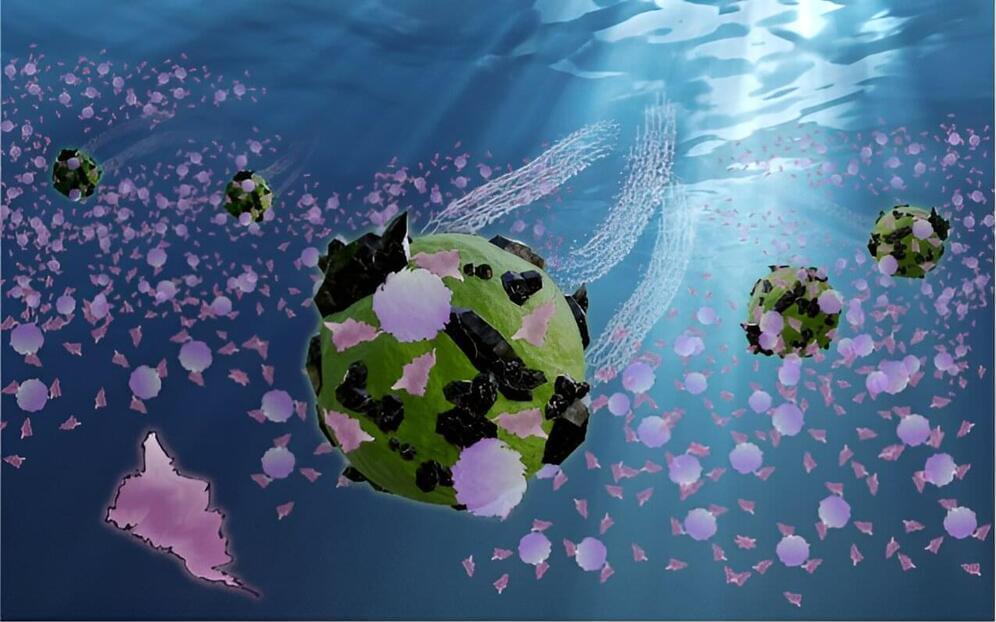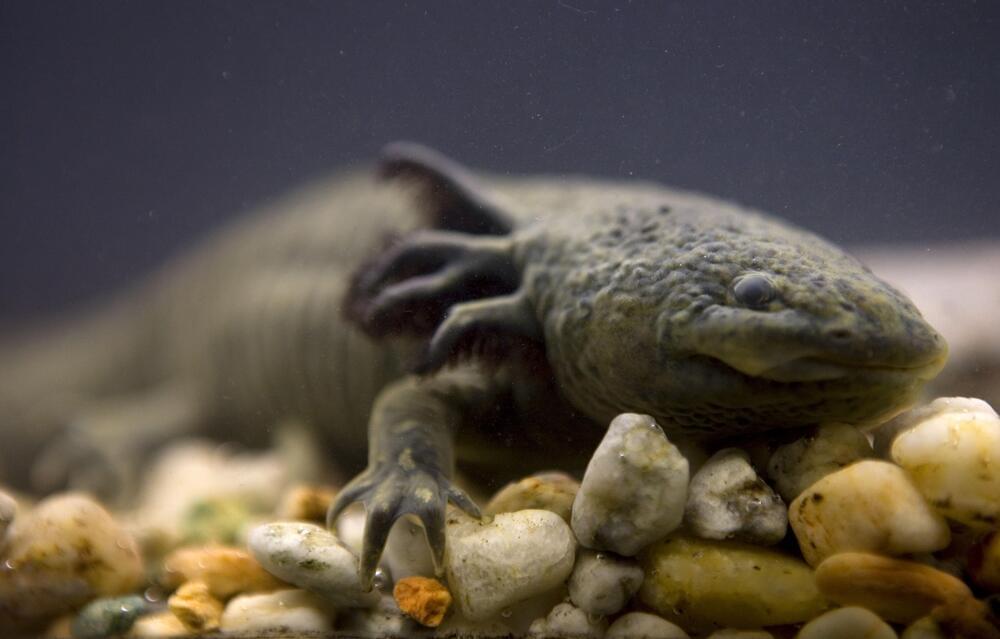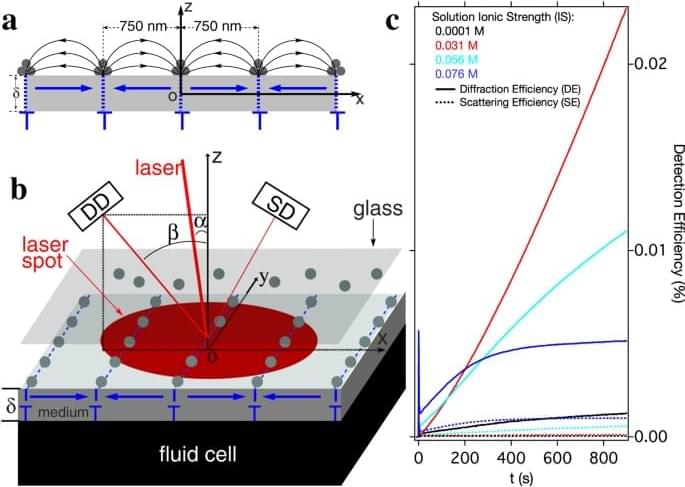Reading the book ‘Society of Mind’ by Marvin Minsky #artificialintelligence #machinelearning #cognitivescience
Get the latest international news and world events from around the world.
You Must Know THIS Before You Can Answer!
Please join my mailing list here 👉 https://briankeating.com/list to win a meteorite 💥
Is the Matrix really real? And if so, which pill would David Chalmers take?
Join us for a mind-bending journey through virtual worlds, human consciousness, technology, philosophy, and religion, and find out!
David Chalmers is an Australian philosopher and cognitive scientist specializing in the areas of philosophy of mind and philosophy of language. He is a Professor of Philosophy and Neural Science at New York University and co-director of NYU’s Center for Mind, Brain, and Consciousness (along with Ned Block).
Remastered from an interview in 2022
Join this channel to get access to perks:


Neuralink, Elon Musk’s brain implant startup, quietly raises an additional $43M
Neuralink, the Elon Musk-founded company developing implantable chips that can read brain waves, has raised an additional $43 million in venture capital, according to a filing with the SEC.
The filing published this week shows the company increased its previous tranche, led by Peter Thiel’s Founders Fund, from $280 million to $323 million in early August. Thirty-two investors participated, according to the filing.
Neuralink hasn’t disclosed its valuation recently. But in June, Reuters reported that the company was valued at about $5 billion after privately-executed stock trades.



Biohybrid microrobots could remove micro- and nano-plastics from aquatic environments
Seas, oceans, rivers, and other bodies of water on Earth have become increasingly polluted over the past decades, and this is threatening the survival of many aquatic species. This pollution takes a wide range of forms, including the proliferation of so-called micro and nano plastics.
As suggested by their name, micro and nano plastics are harmful tiny particles derived from the disintegration of plastic waste released into the water. These particles have been found to disrupt aquatic ecosystems, for instance, delaying the growth of organisms, reducing their food intake, and damaging fish habitats.
Devising effective technologies to effectively remove these tiny particles is of utmost importance, as it could help to protect endangered species and their natural environments. These technologies should be carefully designed to prevent further pollution and destruction; thus, they should be based on environmentally friendly materials.

‘Adopt an axolotl’ campaign launches in Mexico to save iconic species
MEXICO CITY (AP) — Ecologists from Mexico’s National Autonomous university on Friday relaunched a fundraising campaign to bolster conservation efforts for axolotls, an iconic, endangered fish-like type of salamander.
The campaign, called “Adoptaxolotl,” asks people for as little as 600 pesos (about $35) to virtually adopt one of the tiny “water monsters.” Virtual adoption comes with live updates on your axolotl’s health. For less, donors can buy one of the creatures a virtual dinner.
In their main habitat the population density of Mexican axolotls (ah-ho-LOH’-tulz) has plummeted 99.5% in under two decades, according to scientists behind the fundraiser.

Triggered self-assembly of magnetic nanoparticles
One of ray kurzweils wonder machines are already here self assembled nanobots called foglet machines. This could allow for future avatars that people could pilot for daily life.
Colloidal magnetic nanoparticles are candidates for application in biology, medicine and nanomanufac-turing. Understanding how these particles interact collectively in fluids, especially how they assemble and aggregate under external magnetic fields, is critical for high quality, safe, and reliable deployment of these particles. Here, by applying magnetic forces that vary strongly over the same length scale as the colloidal stabilizing force and then varying this colloidal repulsion, we can trigger self-assembly of these nanoparticles into parallel line patterns on the surface of a disk drive medium. Localized within nanometers of the medium surface, this effect is strongly dependent on the ionic properties of the colloidal fluid but at a level too small to cause bulk colloidal aggregation.
The Moon is a Harsh Mistress [2/2] by Robert A. Heinlein (Roy Avers)
Part 2 ||||| You can find Part 1 here: https://youtu.be/aaf3Gwp_bfQ
Chapter list:
00:00:00 — (14) A Rabble In Arms 01
00:46:09 — (15) A Rabble In Arms 02
01:12:19 — (16) A Rabble In Arms 03
01:46:14 — (17) A Rabble In Arms 04
02:14:56 — (18) A Rabble In Arms 05
02:56:08 — (19) A Rabble In Arms 06
03:17:59 — (20) A Rabble In Arms 07
03:32:50 — (21) A Rabble In Arms 08
03:59:34 — (22) A Rabble In Arms 09
04:27:51 — (23) “Tanstaafl!” 01
04:39:45 — (24) “Tanstaafl!” 02
05:00:44 — (25) “Tanstaafl!” 03
05:27:54 — (26) “Tanstaafl!” 04
05:52:31 — (27) “Tanstaafl!” 05
06:14:53 — (28) “Tanstaafl!” 06
06:42:52 — (29) “Tanstaafl!” 07
06:48:24 — (30) “Tanstaafl!” 08
Like these books? Want to help?
These books come from the National Library Services.
I encourage you to donate:
https://www.loc.gov/nls/about/donate/